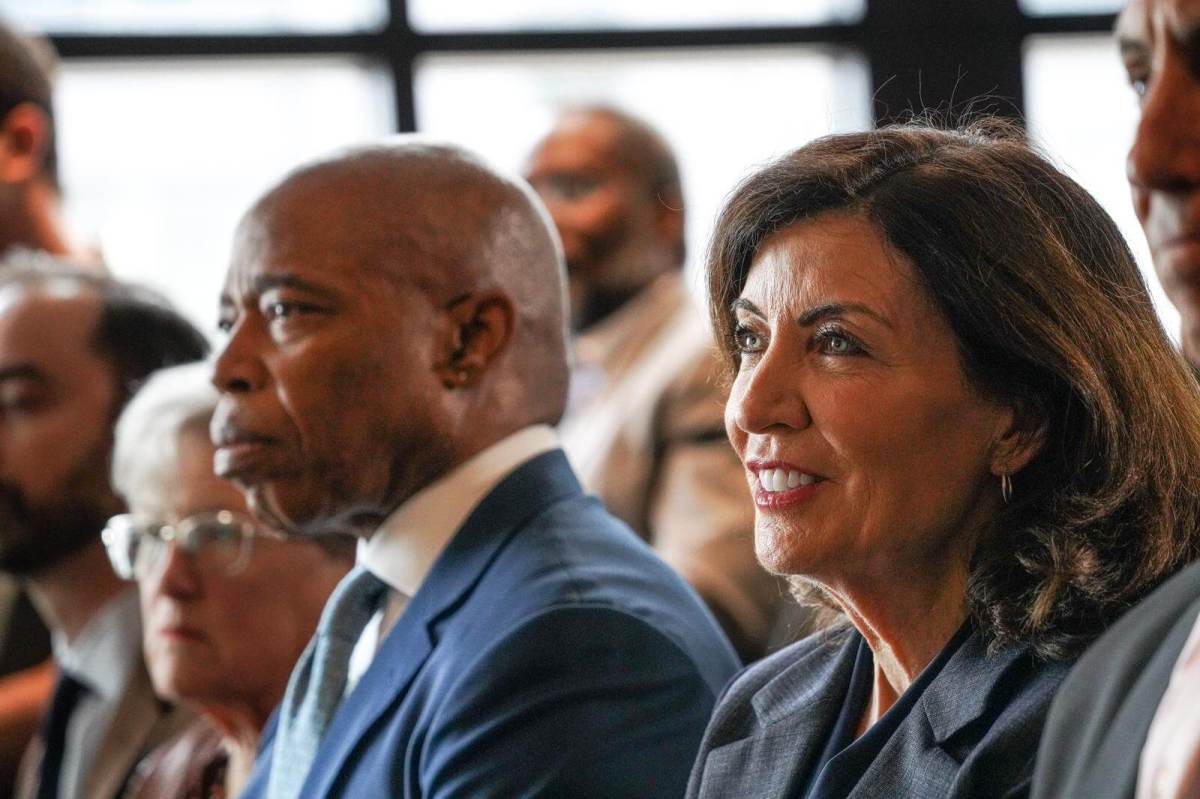It’s no secret that a huge gender gap exists in the tech industry. According to a 2014 GeekWire report, women are significantly underrepresented by U.S. tech giants like Yahoo, Twitter and more. “If you look at big companies – Microsoft, Google, Apple, Facebook – they’re probably hiring between 15 and 17 percent female,” says Dr. Maria Klawe, president of Harvey Mudd College. “Something that a lot of people don’t realize is that there were actually a lot more women in tech 30 years ago than there are today.” Klawe, an accomplished computer scientist and mathematician, says a major contributing factor has been the fact that women’s participation in computer science has steadily declined over the last three decades. “It’s the primary major that people are in before they go into a tech career, and it’s the only area of science and engineering where that has happened,” she says.
According to Klawe, the potential reasons behind the decline are multilayered. Recognizing the rise of home computers as one factor, she says that the earliest home computer games were geared strongly toward boys. A recent report by ReadWrite, which covers web technology news, echoes the same idea. The publication cites a 1985 study that found that, when compared to women, men were significantly more likely to regularly use computers during that time. “It’s worth recognizing that this dramatically changed both the kind of people who went into computer science and, more importantly, the image of computer science,” says Klawe.
Another reason for the gender gap? Engineer Debbie Sterling says that feeling like the odd man out only intensifies the problem. “I think one of the biggest challenges that women face is having to be a minority in [engineering and technology],” says Sterling, who’s also the founder and CEO of GoldieBlox. The company creates toys for elementary-aged girls that are designed to foster an interest in engineering. Sterling says she was struck with the idea after a colleague mentioned that it was through playing with her older brother’s construction toys that she first felt excited about the field. “That’s when I realized that there was a pink aisle for girls and blue aisle for boys; and the pink aisle had dolls and ponies, and the blue aisle had construction sets and action figures,” says Sterling. Cultural conditioning aside, Klawe says she feels optimistic when it comes to closing the gender gap.
“There’s conscious attention to the fact that [big tech companies] say they’d like to increase the diversity of their workforce,” she says. “You see this in the fact that these companies have been releasing their diversity statistics and making clear statements that they’d like to have more women and people of color in their workplace.” In the meantime, women are indeed making an impact in tech (even if they are the minority). Out-of-the-box thinkers like Maria Ressa and Mariana Santos are using technology to inspire social change in their communities. And media trailblazers like Jessica Lessin and Jennifer Brandel are replacing traditional digital news models with exciting, new alternatives. In other words, it’s not all bad.
Why the gender gap in tech? Experts weigh in

iStock


















